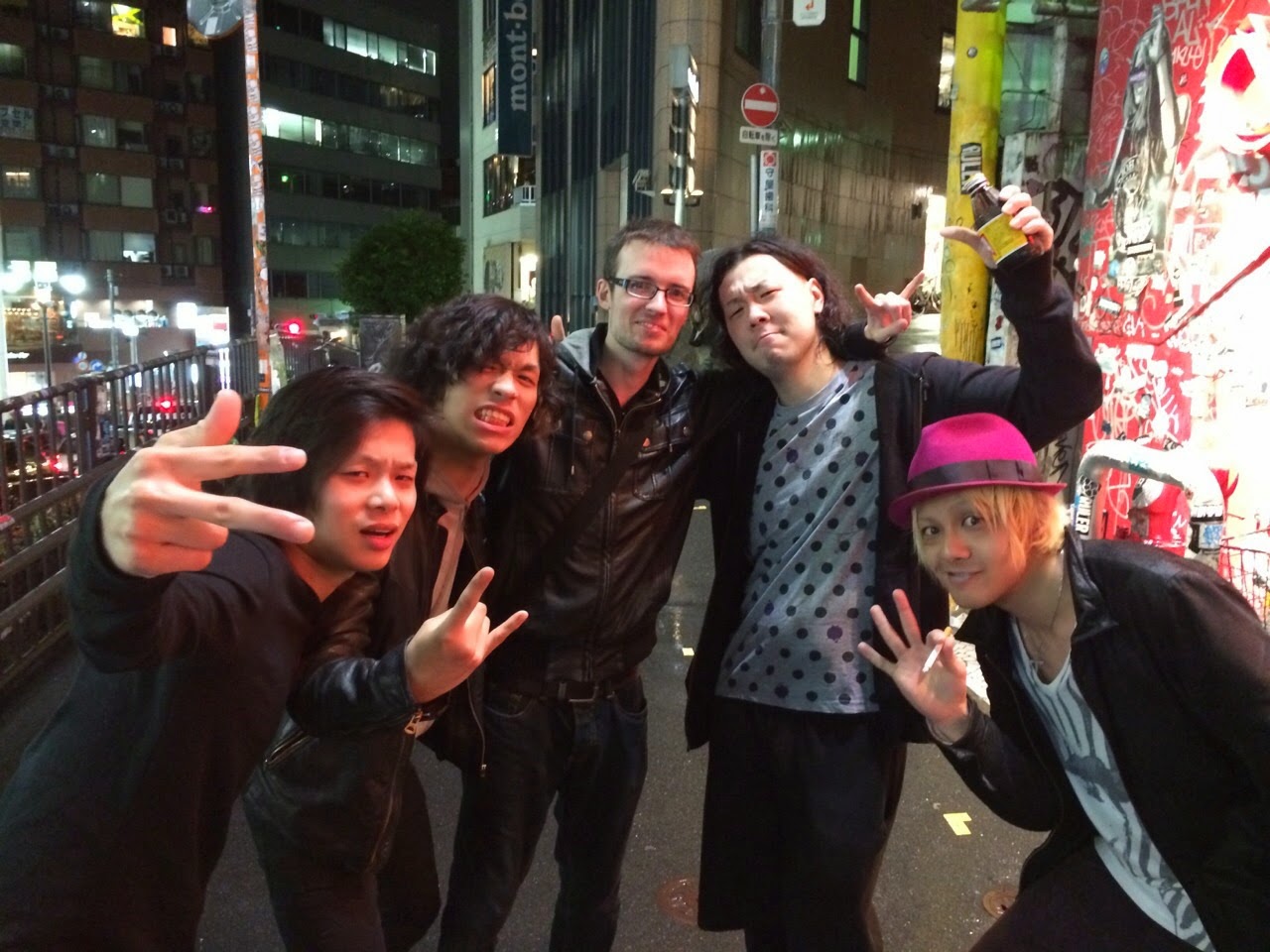Food
A common sight in Japan
You don't need to know much about Japanese culture to know that they love their vending machines. You're never more than 30ft away from a vending machine. They're on the main street, side alleys, inside shops, bus stops, train stations, almost anywhere you can fit one of these machines, the Japanese will put one there.
The majority dispense soft drinks and hot drinks (Blue buttons are cold drinks, while red buttons are warm drinks), however there are a number of machines which sell alcohol and cigarettes. Don't worry, these machines require an ID card for them to dispense age restricted goods (Smoking and drinking age in Japan is 20) so children can't just help themselves to some beer and a packet of fags.
Food ticket vending machine
Many fast food Japanese restaurant chains works slightly differently to the ones in the West. In most, you won't be greeted by a waiter handing you menus, instead you'll be greeted by one of these ticket vending machines. You place your yen into the slot, and then hit the button for the dish you'd like. Most machines have a small picture on there to make it a little easier, while others have a touch screen style set up. You then take your ticket to the chef and you take a seat.
You can normally gauge the dish sizes from their cost, with sides such as rice or miso soup not costing more than ¥100 or so, while the average meal will set you back roughly ¥500. My advice is to keep an eye out for this kanji (大) as it means "large" or "big" for when you're really hungry, those meals will set you back around ¥700 or so.
Sliced pork and ox tail
I can't stress the importance of this next point enough. You're in Japan... Try something different!
Don't be afraid to try a dish because of your current diet. Don't let names of dishes put you off either. While I was in Japan I tried all kinds of delicious dishes such as ox tail (pictured above), beef tongue, squid, and octopus to name a few. Most dishes are usually served on top of (or alongside) rice or noodles as a pallet cleanser.
Many fast food places sell donburi (どんぶり) which literally translates as "bowl of rice" and it's usually topped with meat of some description. My personal favourite was gyudon which is donburi topped with seasoned beef. It comes served in a bowl big enough for you to lift with one hand, so don't be afraid to cup it with your left hand, lift it closer to your face and get stuck in!
A Sendai speciality; Beef tongue
An Osaka speciality; Takoyaki (battered octopus)
If some of these dishes seem a little outlandish for you, don't panic. Japan has so many dishes, that it can cater to almost all diets. For those of you that have been to popular Japanese restaurants in the UK (or wherever you may be from) you will have most likely seen katsu curry. This comes from the word katsuretsu (カツレツ) which means cutlet, and is often used to refer to breaded meat.
Katsu curry is the "safe" option when eating Japanese food, as you may or not know it was actually imported from the UK during the 19th Century. The curry is fairly mild in my opinion, and goes well with any of the meat it's served with, usually with a side of rice.
A selection of curry dishes
I foolishly thought I could finish a large dish...
There you have it, not once did I mention sushi or fish while writing about Japanese food. You most likely know all there is to know about sushi from various TV shows and YouTube videos anyway! In an upcoming blog which will be a continuation of this series, I'll give you the locations of some of the best venues I visited in Japan for accommodation, food, drink, and entertainment.
If you'd like to know more about any of the foods I've mentioned, please feel free to drop me a message on Facebook, Twitter, Google+, or even just in the comments below!






















